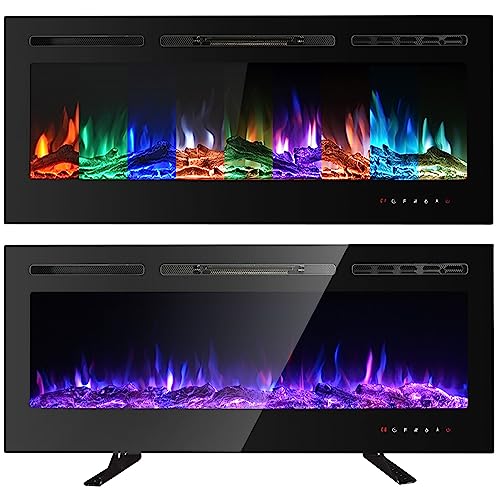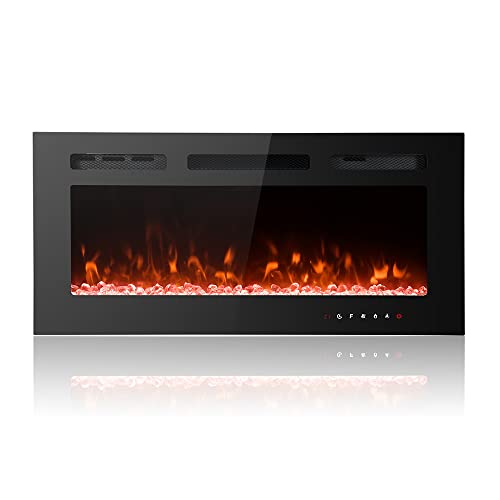Guide To Outside Wood Burners: The Intermediate Guide Towards Outside …
페이지 정보
작성자 Selena 댓글 0건 조회 4회 작성일 25-02-02 15:12본문
 What You Need to Know About Outdoor Wood Burners
What You Need to Know About Outdoor Wood BurnersOutdoor wood burning stoves can be an economical solution to heat homes and businesses. They also reduce the dependence on fossil fuels that are non-renewable and contribute to a resilient energy strategy.
Well-seasoned wood is essential for efficient burning. Unseasoned or green wood can contain more moisture that can cause creosote to build up and slow down performance.
Efficient
Outdoor wood burners have been in use for a long time. They are an energy efficient and eco-friendly method to heat your home. The design of OWBs promotes a slower, cooler fire which leads to less efficient combustion and a higher amount of smoke and creosote. These unburnt fuels can cause health issues and fire hazards, as well as affect the environment around them.
Moreover the visible plume of smoke that OWBs emit can make neighbors angry and lead to DEC (Department of Environmental Conservation) enforcement action. This type of public relations issue could be a significant impact on the value of your property and may result in your OWB being shut down.
Crown Royal Stoves has a range of outdoor wood burning fires furnaces that are EPA Certified. The Pristine Gasification Series uses technology to improve the efficiency of combustion and produce a smokeless, clean burn. This is achieved through a negative pressure air system that pulls fresh, dry, hot and filtered air from the bottom of the boiler and then pushes it out of the chimney at a more rapid rate than traditional outdoor wood boilers. This is accomplished by the unique design of a multi-pass, water-filled heat exchanger made from 409 Titanium Enhanced Stainless Steel.
When properly used properly, the Pristine Series OWB achieves an 99% efficiency in combustion for a smoke-free and cleaner fire. It requires less wood and produces significantly fewer emission than traditional OWBs. To maximize the performance of your OWB it is essential to only burn dry, clean, seasoned wood. It is recommended that you prepare your wood for a period of six months or a year before burning it. This will ensure the most efficient and clean burn.
You can boost the efficiency of your wood-burning stove by executing a weekly "dry burn". This method eliminates creosote accumulation, makes your boiler efficient and extends its life span. By adding a creosote-removing stick to your stove each time you fill it, you can drastically reduce the amount of creosote you use. The product is available through Wisconsin Wood Furnace.
Clean
The soot particles that are left on the stove after burning wood may make a stove appear very dirty. They are difficult to get rid of and therefore, you must clean any buildup on the glass of your stove immediately. Otherwise the soot will get harder and become more difficult to get rid of. It's important to use the right cleaners, but you should also be careful not to scratch the glass by using anything that can scratch it. This could cause a weak point that will break glass when exposed to high temperatures.
Before you begin cleaning your wood burner you should make sure that it is not lit and completely cool. Also, ensure that the surrounding area is covered with newspaper. This will prevent any spillage of ash that can cause stains and marks on surfaces.
Based on the quality of the wood you select, it can take up to a year for your stove to get properly and seasoned. The wood that is treated with a seasoned finish will not only burn more efficiently, but also produce less creosote. This is the kind of material that accumulates on your fireplace, decreasing its efficiency and creating the potential for a fire hazard. If you're using unseasoned wood, or just starting an outdoor fire fireplace, outside wood Burners it's recommended to open the lower backdoor Corner wood burner and scoop the ashes into a noncombustible container each week.
It is also recommended to perform a sediment flush on your boiler at least once every four years. This is a simple five second hand wood burning stoves flush from the bottom drain valve on your boiler. This will eliminate any accumulation of sediment inside the system and keep your boiler in top wood burning stoves working condition.
After you've completed the sediment flush, it's time to clean the outside wood burners (https://aggerholm-reece-2.hubstack.net/) of your outdoor wood burner. Before starting, it's important to cover the floor surrounding the stove with newspaper. Wearing protective gloves and eyewear is an excellent idea. Also, you should have a ash canister made of metal along with a scraping tool as well as a shovel. To safeguard the refractory, you should lay down a piece of cloth to protect it while you scrape away coal and ash deposits.
Easy to operate
Despite their popularity (they were one of the 1990s' "it" trends, together with mullet hairstyles) outdoor wood boilers, referred to as outdoor furnaces or outdoor wood hydronic heaters, are still often misunderstood. Contrary to the EPA's popular wood stoves that are designed to burn at constant, low temperatures, these boilers have an increased fire rate and emit more smoke when operating. This is why some local governments regulate or even ban their use.
OWBs are best suited to homes that have high levels of insulation. Smoke that is thick and smoldering can also cause annoyance to neighbors, resulting in many OWBs to be shut down or sued. For OWBs dry wood that has less moisture content is needed to perform effectively. Unseasoned or green wood will reduce efficiency, causing creosote build-up, and shorten the lifespan of the burner. Drying wood takes time, and an instrument to measure moisture is a must for the homeowner.
Dual-stage wood gasification (OWGB) boilers are, on the other hand utilize a three-step process which makes use of the energy in the wood. This results in less smoke. These furnaces are more efficient than conventional OWBs, and can be used to fuel a wide range of fuels. Wood gasification boilers need dry, seasoned wood. The majority of wood can be seasoned in a year. Oak and other tough trees can take up to two years to mature. This is due to less volume of water and a greater density. This enables them to hold heat longer, increasing efficiency and reduce pollution. The EPA's "Burn Wise" website and Cornell Cooperative Extension can help homeowners learn more about how to burn wood efficiently, thereby reducing pollution to the air.
Low Maintenance
Modern outdoor wood furnaces have been designed with the environment in mind. In contrast to indoor wood burners which emit significant smoke, modern outdoor furnaces burn cleanly without the production of excessive heat or outside Wood burners carbon monoxide. They also require less wood to generate the same amount of heat as traditional stoves.
Outdoor wood burners require less maintenance and are more accepting of wood moisture content than wood burning stoves for indoor use. Outdoor wood burners are suitable for wood that has been properly "cured" or dried or. Some types of contemporary wood burning stoves can take up to a year. Use a moisture gauge prior to loading to measure the amount of water contained in your wood.
During operation it is important to check the system regularly to check for accumulation of creosote. Creosote is a by-product of combustion, can build up in the flue and chimney when they are not cleaned regularly. It can be eliminated using a special creosote removal product that is poured into the flame. Regular cleaning of the chimney and flue will remove dangerous creosote and improve efficiency.
 Crown Royal Stoves developed a new airflow technique called Negative Pressure Gasification to achieve 99% combustion efficiency. This technology is utilized in our EPA certified Pristine Series Outdoor Wood Furnaces to draw air from the bottom and push all the gases through an enclosed secondary combustion chamber that is which is surrounded by water, with easy-to-clean turbines. The result is a smokeless & pollutant free combustion.
Crown Royal Stoves developed a new airflow technique called Negative Pressure Gasification to achieve 99% combustion efficiency. This technology is utilized in our EPA certified Pristine Series Outdoor Wood Furnaces to draw air from the bottom and push all the gases through an enclosed secondary combustion chamber that is which is surrounded by water, with easy-to-clean turbines. The result is a smokeless & pollutant free combustion.댓글목록
등록된 댓글이 없습니다.

